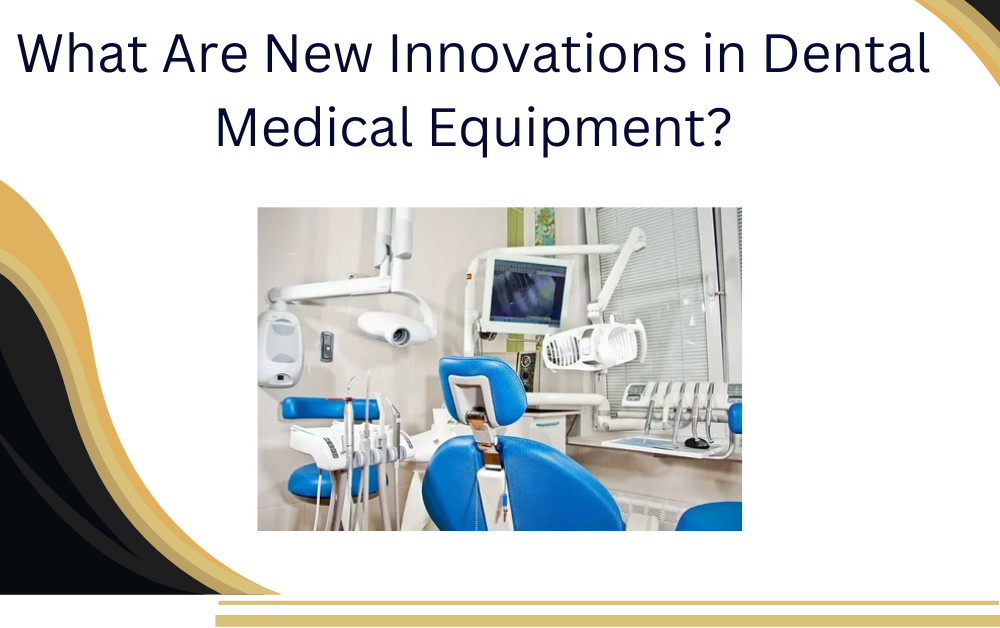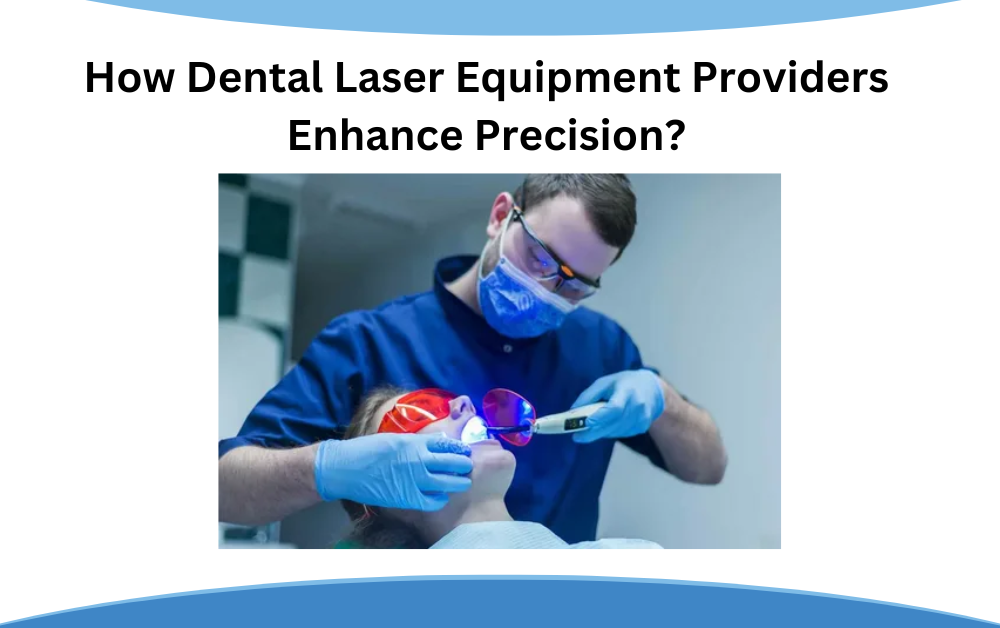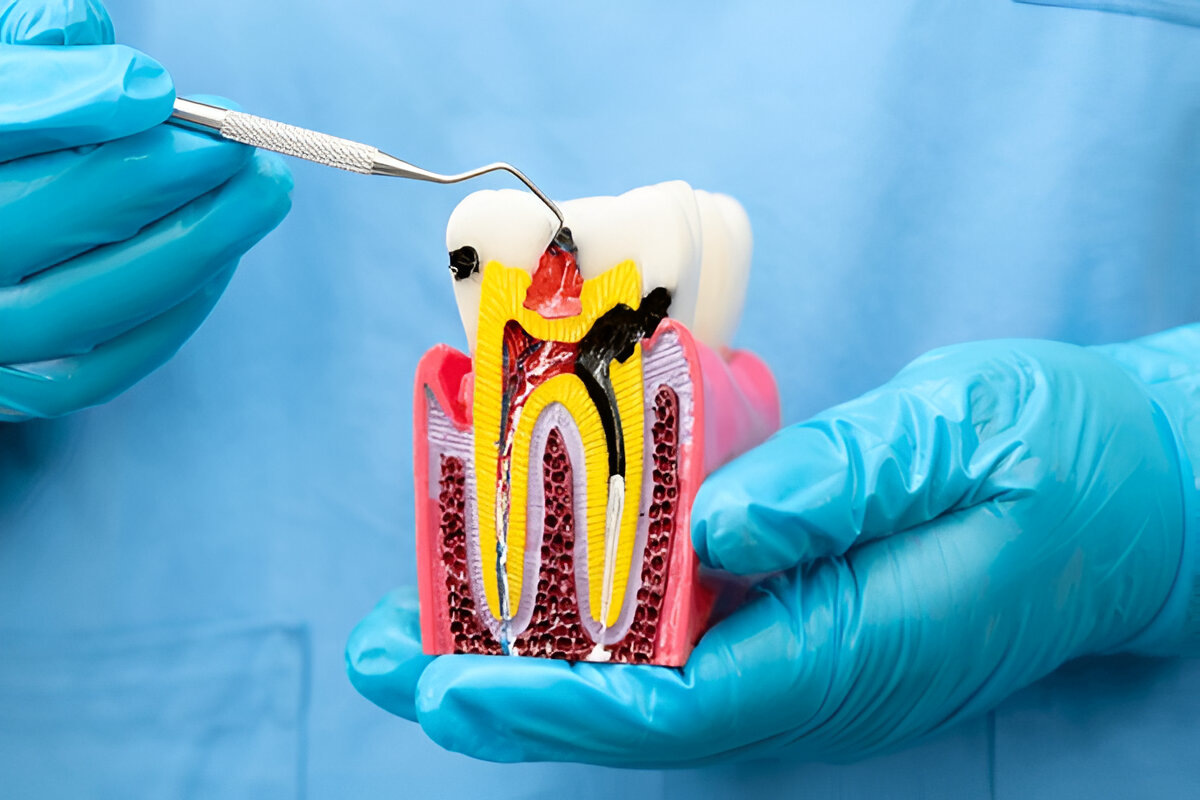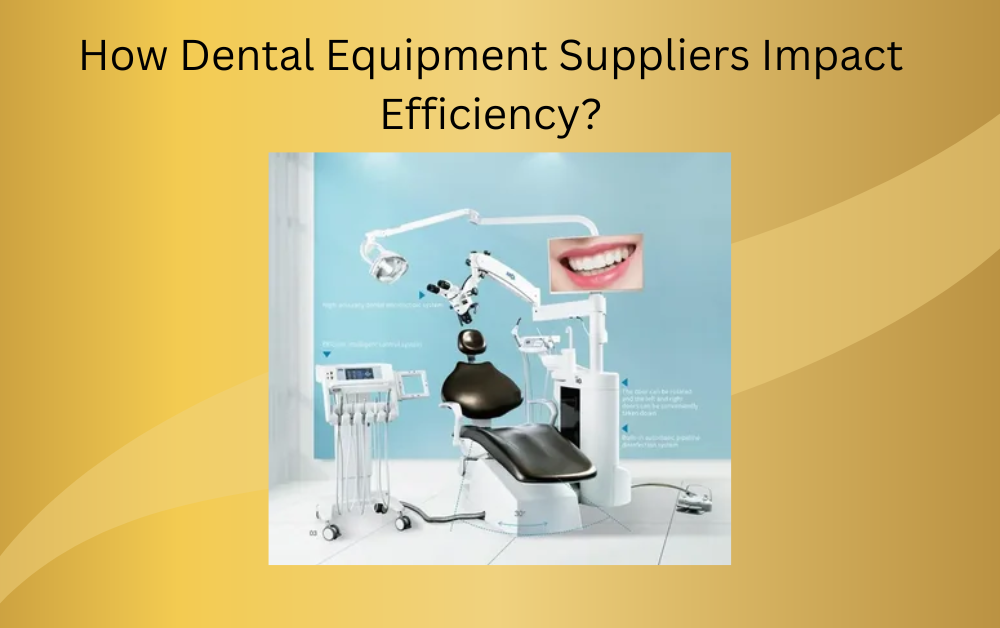The dental industry has seen remarkable progress in recent years, particularly in the advancement of dental medical equipment. From diagnostics to treatment, modern innovations are reshaping the landscape of dental care, making procedures faster, less invasive, and more comfortable for patients. These breakthroughs not only improve clinical outcomes but also streamline workflows for dental practitioners. As technology continues to advance, staying updated on the latest trends in dental medical equipment is essential for professionals seeking to offer the highest quality of care.
Importance of Innovations in Dental Medical Equipment
Innovations in dental medical equipment are crucial because they drive the efficiency, precision, and effectiveness of dental care. Advanced tools and technologies allow for earlier diagnosis, more accurate treatment planning, and minimally invasive procedures. As patient expectations evolve, dental practices must adopt newer technologies to provide safer, quicker, and more comfortable experiences. Furthermore, updated equipment can enhance a clinic’s reputation, helping to attract and retain more patients.
The modernization of dental tools and systems is not solely about convenience; it is about delivering better clinical outcomes and promoting overall oral health in ways that were not possible a decade ago.
NOTE – Paramount Medical Equipment Trading LLC had been delivering state-of-the-art Dental Medical Equipment, empowering dental clinics with innovative and efficient solutions. Reach out today to discover the latest technology for your practice.
Advancements in Digital Imaging and Diagnostics
Digital technology has had a profound impact on dental diagnostics. One of the most significant innovations is the introduction of 3D imaging through cone beam computed tomography (CBCT). This technology allows dental professionals to visualize the teeth, soft tissues, nerve pathways, and bone in a single scan with remarkable clarity.
Digital intraoral scanners have also transformed the process of taking impressions. Traditional impression methods, which could be uncomfortable and messy, are now replaced by digital scans that are quicker, more accurate, and patient-friendly. Digital radiography, offering lower radiation doses compared to traditional x-rays, has become a standard in modern dental clinics, providing high-quality images instantaneously.
These digital tools enhance diagnostic accuracy, enabling better treatment planning and reducing chair time for patients.
Breakthroughs in Laser Dentistry
Laser technology is one of the most exciting advancements in dental medical equipment. Dental lasers are used for a variety of procedures, including cavity preparation, gum surgery, and teeth whitening. They offer a minimally invasive alternative to traditional methods, significantly reducing pain, bleeding, and recovery times.
Soft tissue lasers can precisely target diseased gum tissue while preserving healthy areas, making them highly effective for periodontal therapy. Hard tissue lasers, on the other hand, allow for drilling-free and pain-free cavity treatment, often eliminating the need for anesthesia.
The growing application of laser technology is reshaping dental treatments, making procedures more efficient and less intimidating for patients.

Innovations in CAD/CAM Technology
Computer-aided design and computer-aided manufacturing (CAD/CAM) technology have revolutionized dental prosthetics and restorations. Traditionally, crowns, bridges, and veneers would take days or even weeks to fabricate. With CAD/CAM systems, dental practices can design, mill, and place restorations within a single visit.
This not only enhances the patient experience but also ensures greater precision and customization. Materials used in CAD/CAM restorations, such as high-strength ceramics, provide both durability and aesthetic appeal.
Chairside CAD/CAM systems are becoming increasingly common, offering practices a competitive advantage and reducing the need for outsourcing to dental laboratories.
Artificial Intelligence in Dental Equipment
Artificial intelligence (AI) is beginning to play a transformative role in dentistry. AI-driven software can assist in diagnosing dental conditions, interpreting radiographs, and even predicting the progression of oral diseases. Machine learning algorithms analyze vast amounts of patient data, helping clinicians make more informed decisions.
AI is also used in patient management systems to automate appointment scheduling, reminders, and personalized follow-ups. This not only improves operational efficiency but also enhances patient engagement.
As AI technology continues to evolve, its integration into dental practices is expected to deepen, leading to even more personalized and precise dental care.
3D Printing in Dentistry
Another groundbreaking innovation is the use of 3D printing technology in dental applications. 3D printers are now commonly used to create dental models, surgical guides, dentures, crowns, bridges, and orthodontic devices.
The precision offered by 3D printing allows for a perfect fit, improving patient comfort and treatment outcomes. Additionally, the technology speeds up production time and reduces costs, making high-quality dental solutions more accessible.
Custom clear aligners, surgical templates for implant placement, and even bioprinted tissues for regenerative dentistry are emerging fields where 3D printing holds immense promise.
Teledentistry and Remote Patient Monitoring
The COVID-19 pandemic accelerated the adoption of telehealth, and dentistry was no exception. Teledentistry platforms allow dental professionals to consult with patients remotely, conduct virtual checkups, and monitor post-treatment progress.
Remote patient monitoring technologies can track patients’ oral health over time, alerting clinicians to potential issues before they escalate. This is particularly beneficial for patients in rural or underserved areas who may have limited access to dental care.
Teledentistry is poised to remain a vital component of dental services, enhancing accessibility and continuity of care.
Advanced Sterilization and Infection Control Equipment
Infection control has always been critical in dental practices, but recent innovations have taken sterilization to new levels. New autoclaves and sterilizers are more efficient, compact, and feature advanced monitoring systems to ensure complete sterilization cycles.
Additionally, innovations like UV-C sterilization and antimicrobial coatings on dental chairs and equipment surfaces are helping clinics maintain higher hygiene standards. Automated disinfection systems further reduce the risk of human error, promoting safer environments for both patients and staff.
With patient safety being paramount, investing in the latest sterilization equipment is an essential step for modern dental practices.
Smart Dental Chairs and Ergonomic Designs
Modern dental chairs are no longer just about patient comfort; they are integrated systems that enhance workflow efficiency and treatment quality. Smart dental chairs come equipped with embedded technology such as touchscreen controls, voice command capabilities, and real-time data integration with practice management software.
Ergonomic designs ensure that both the dentist and the patient maintain optimal posture during procedures, reducing fatigue and improving treatment precision. Many chairs are now customizable, offering adjustable positions, lumbar support, and even memory foam padding for enhanced patient relaxation.
As technology advances, dental chairs are becoming an integral part of the overall patient experience.
Biocompatible Materials and Regenerative Dentistry
The development of new biocompatible materials is significantly advancing restorative and implant dentistry. Materials such as zirconia, advanced ceramics, and bioglass are being used for crowns, bridges, and implants, offering excellent durability and aesthetic outcomes with minimal risk of allergic reactions.
Regenerative dentistry, which focuses on repairing or regenerating damaged tissues, is also an emerging field. Techniques like platelet-rich plasma (PRP) therapy and stem cell applications are showing promising results in promoting faster healing and regenerating lost bone and gum tissue.
These innovations not only improve treatment success rates but also open new avenues for the future of dental care.
Sustainability and Eco-friendly Dental Equipment
As environmental consciousness grows, the dental industry is also embracing sustainable practices. Eco-friendly dental equipment made from recyclable materials, energy-efficient systems, and waste reduction technologies are becoming more widely adopted.
Digital workflows, such as electronic health records and digital impressions, reduce paper usage and chemical waste. Equipment designed with low energy consumption and environmentally responsible manufacturing processes are now favored by many practices aiming to reduce their carbon footprint.
Sustainability is no longer just a trend; it is an essential consideration for future-proofing dental practices.
Conclusion
Innovations in dental medical equipment are redefining the standards of care, providing dentists with more powerful, precise, and patient-friendly tools than ever before. From AI-driven diagnostics and 3D printing to laser dentistry and teledentistry, the future of dental care is bright and technology-driven.
Adopting these innovations enables dental professionals to improve patient experiences, enhance clinical outcomes, and maintain a competitive edge in a rapidly evolving field. Investing in advanced dental medical equipment is not just about modernization—it’s about building a practice that meets the needs and expectations of today’s informed and tech-savvy patients.
For More Insightful Articles Related To This Topic, Feel Free To Visit: viewsparrow















Leave a Reply